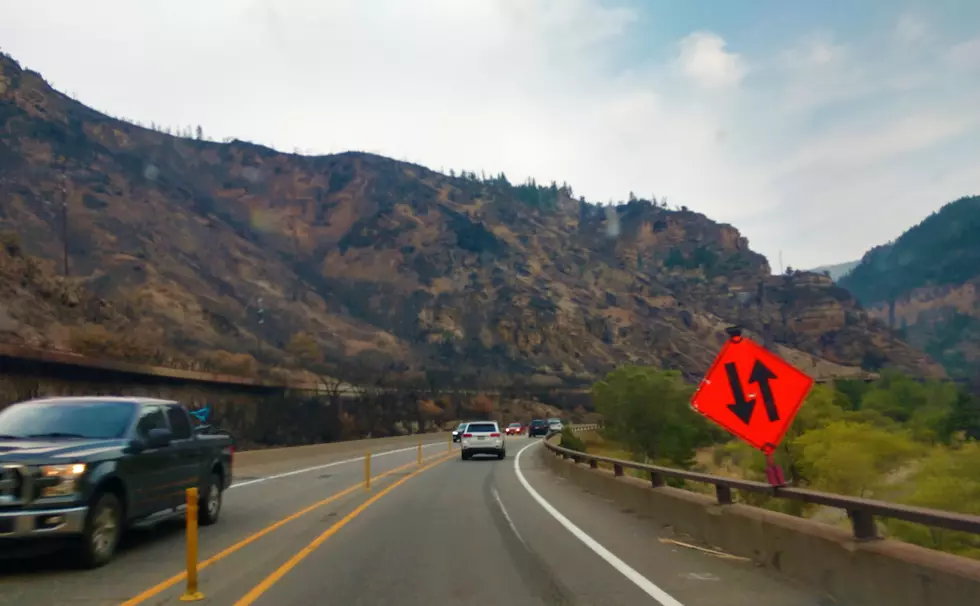
Colorado’s I-76 Gets ‘Pollinator Highway’ Designation
If you're like me, while cruising on I-76 east of Denver, you never thought about the incredible ecosystem the interstate travels through. Now, when you take that drive, think about what's off of the pavement of the 'Colorado Pollinator Highway.'
The official designation happened in May when a Joint House Resolution named Interstate 76 from Denver to the Nebraska state line 'Colorado Pollinator Highway.' But, what exactly does that mean?
Following a 2014 presidential memorandum that encouraged finding ways to increase pollinator habitat along roadways, the Colorado Department of Transportation (CDOT) found I-76 ideal since it is a federal highway running through an area with significant agriculture that also happens to be an important area for migratory butterflies.
In addition to butterflies, other pollinators such as bees, moths, wasps, and hummingbirds can benefit from the designation. Carol Parr, regional environmental manager for the Colorado Department of Transportation says,
Pollinators are vital to our ecology, our economy and our industry. It just takes a small shift in how we regularly do our work to help provide an environment where they can thrive.
Some of the changes being made by CDOT to increase pollinator habitat along the interstate include only mowing grass 15 feet from the roadway from April to September, specialized management of noxious weeds, and vegetation management that supports self-sustaining dynamic ecosystems.
The pollinator highway is just the beginning of what CDOT envisions as a way to take the lessons learned to other parts of Colorado where they can increase habitat for the state's pollinators.
More From Kool 107.9









